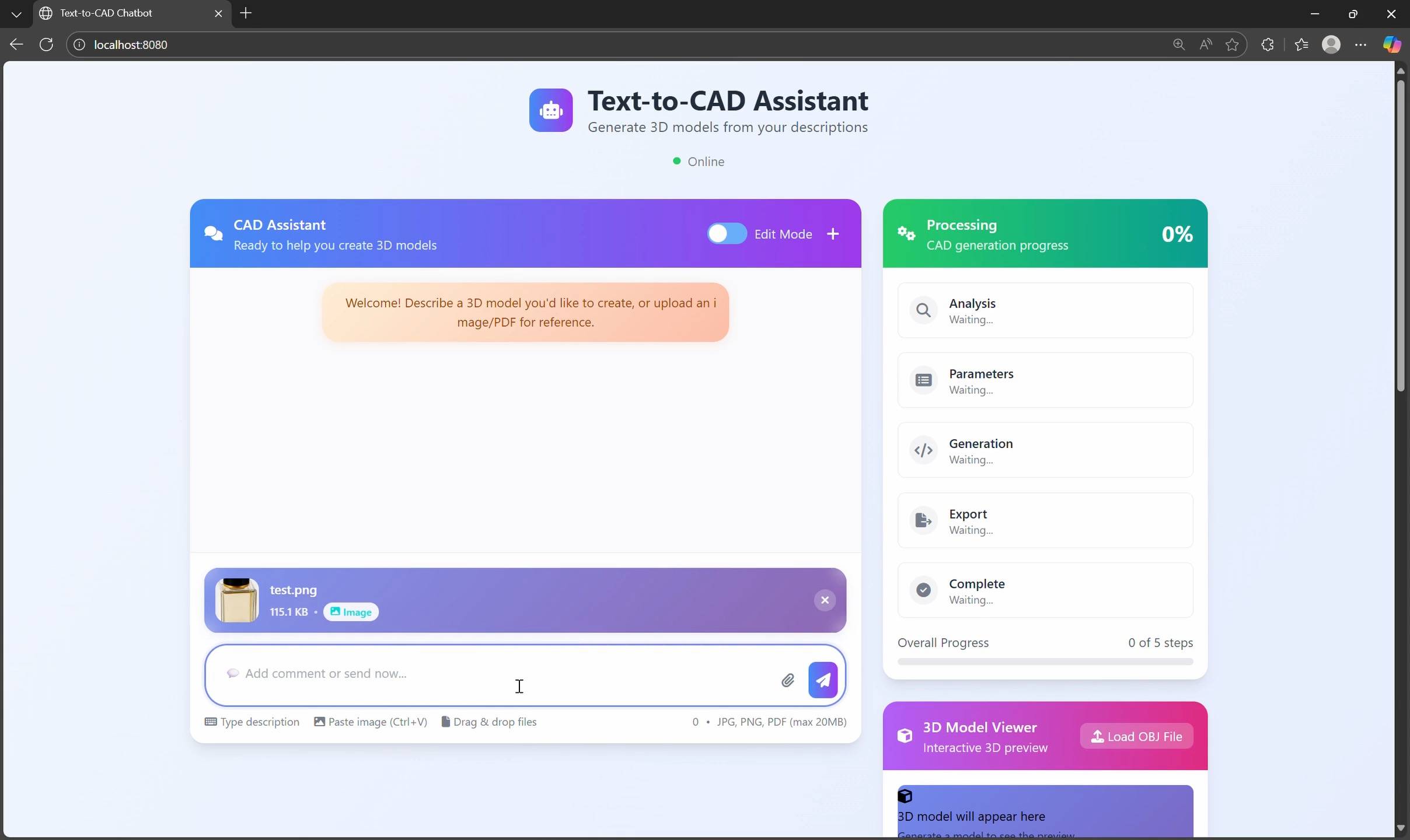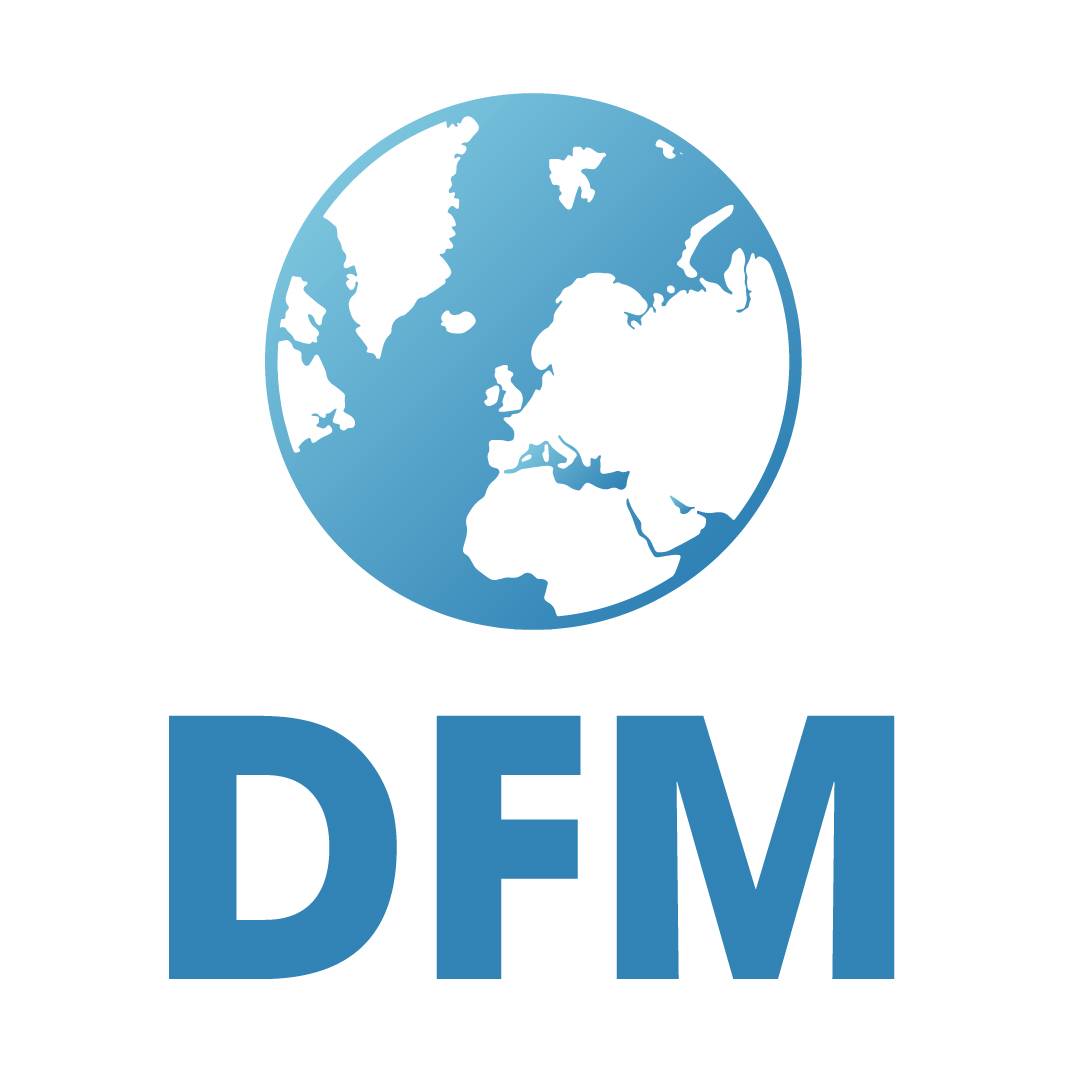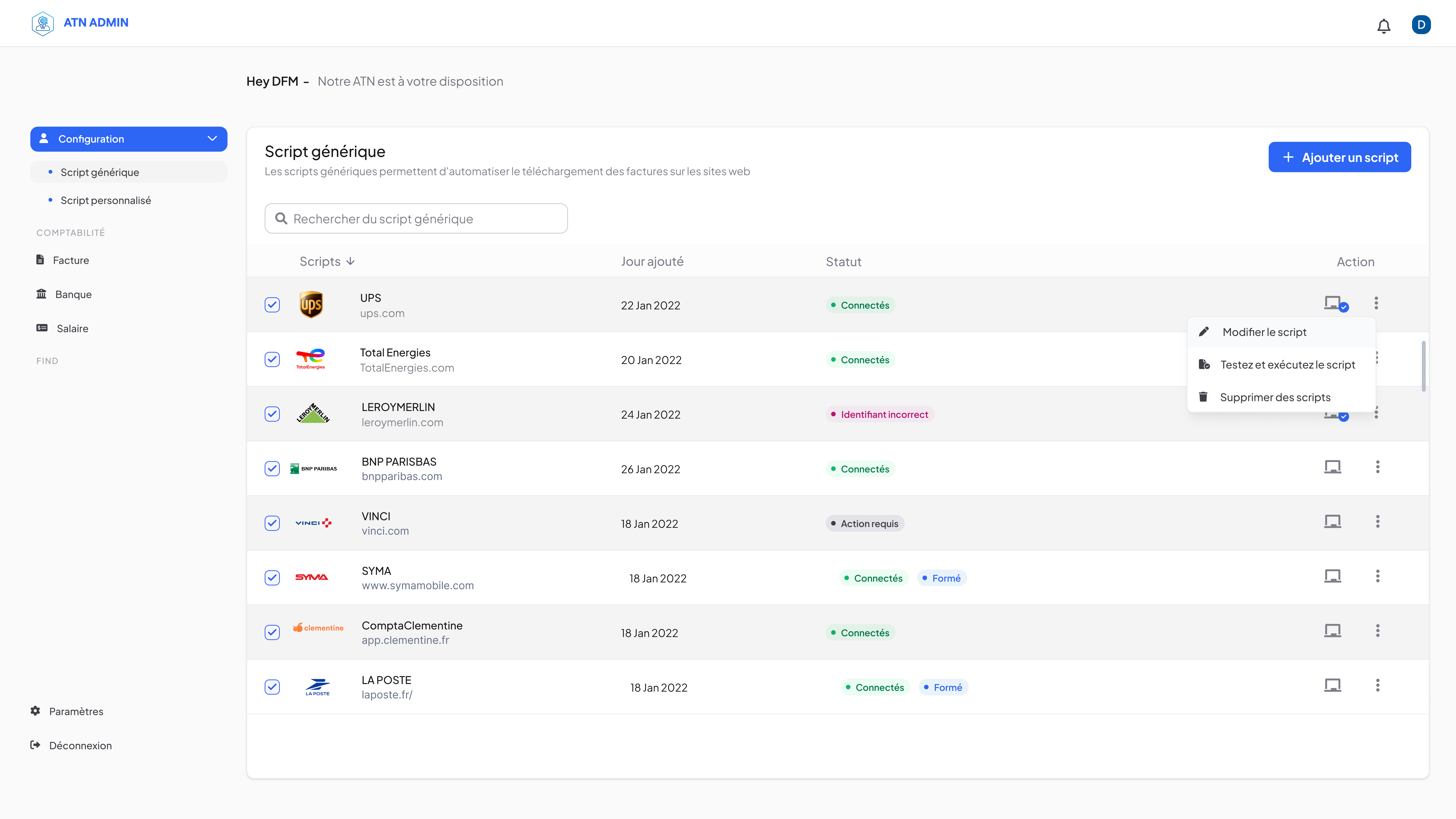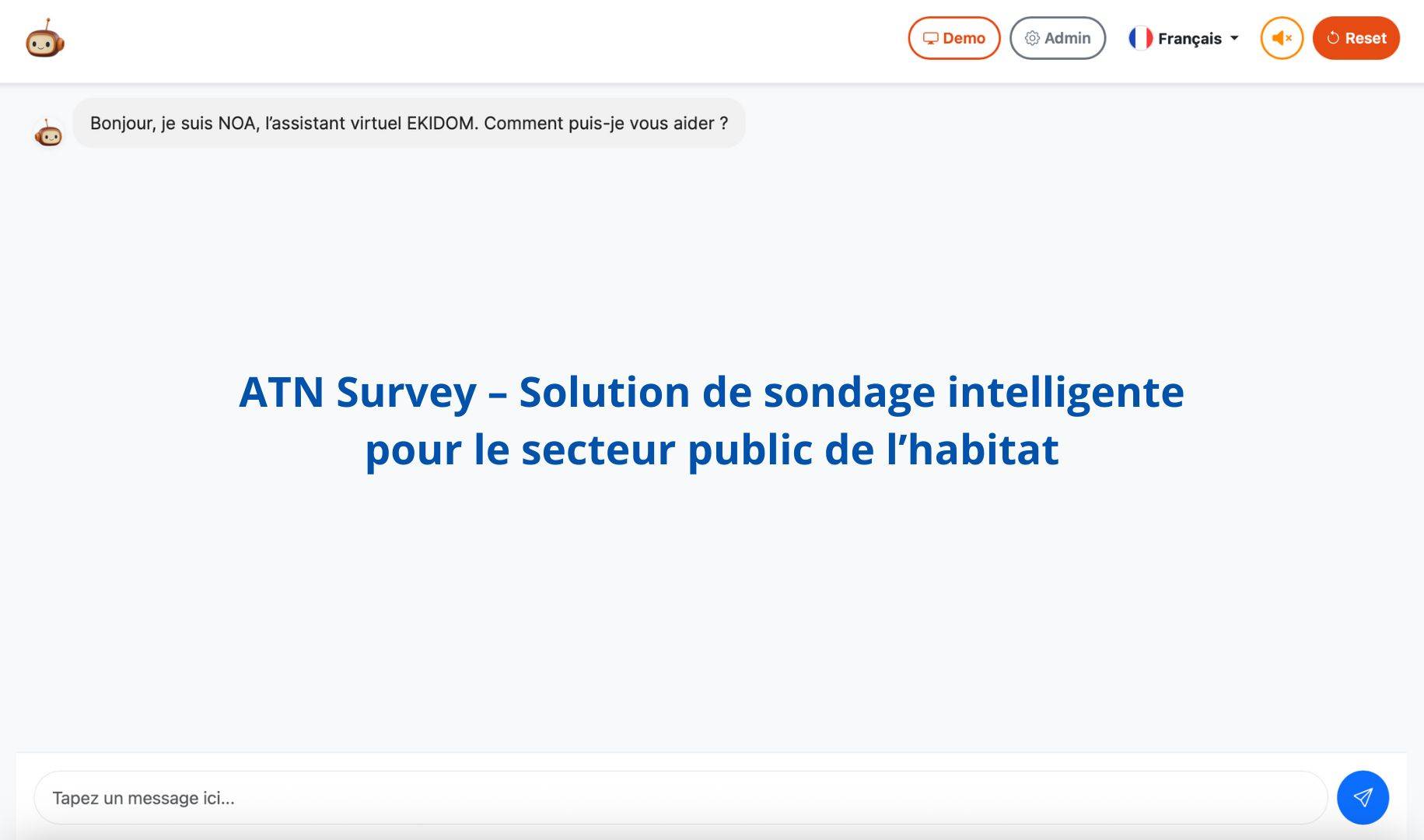An industry in transformation
In the sheet metal industry, manufacturers face a triple challenge: continuously innovating, responding to growing demand for customized products, and complying with increasingly strict safety standards. Delivery deadlines are shorter, client expectations are higher, and profit margins are tighter.
For design offices, this translates into constant pressure. Engineers must handle a growing volume of projects, many of them similar, but each still requiring a complete redesign. Traditional methods—based largely on manual work—quickly show their limits: they are time-consuming, error-prone, and stifle creativity.
The client and its challenges
Our client is a leading French company specialized in the design and production of sheet metal solutions.
-
Main challenge: keep up with rising project volumes without extending design timelines.
-
Constraints: minimize manual errors and guarantee compliance with strict safety standards at all times.
-
Strategic goal: free engineers from repetitive tasks so they can focus on higher-value work—innovation, design optimization, and continuous improvement.
A familiar bottleneck: too many manual tasks
Before adopting ATN CAD, engineering teams spent a large portion of their time on:
-
Manual modeling of each sheet metal part in CAD software, even when projects had similar features.
-
Repeating the same design steps over and over, instead of reusing existing models.
-
Manually creating bills of materials (BOMs) for every drawing, a tedious step that wasted time and increased the risk of errors.
👉 The result: longer lead times, overworked teams, reduced creativity, and higher risks of non-compliance.
The solution: ATN CAD, a dedicated digital assistant
To address these challenges, DFM Europe deployed ATN CAD as part of its ATN Tech suite. This digital assistant automates the creation and processing of sheet metal design plans.
How it works
-
Smart chatbox: engineers simply describe or input the required information (dimensions, shapes, constraints). The more precise the input, the more accurate the generated model.
-
Direct integration: files are instantly compatible with CAD software such as AutoCAD, SolidWorks, or Revit.
-
Automatic 3D modeling: based on business rules and project-specific parameters.
-
Flexibility: the same approach can be applied to other areas of industrial design.
-
Elevated engineer role: instead of drawing manually, engineers now focus on reviewing, optimizing, and validating the model.
The value of ATN CAD
ATN CAD is not meant to replace engineers—it empowers them. By removing repetitive tasks, it allows engineers to concentrate on meaningful activities that drive innovation and product quality.
-
For clients: early visualization of the final product helps accelerate decisions and improves the overall experience.
-
For engineers: less time wasted on repetitive work, reduced mental load, and more room for creativity and high-value projects.
In practice, ATN CAD acts as both a communication accelerator with clients and a productivity booster for technical teams.
Results achieved
The benefits were immediate and measurable:
-
Design time cut by 70–80%: what used to take several hours can now be generated in just minutes.
-
Better client communication: fast visualization of the final design.
-
Productivity doubled or tripled: more projects delivered without sacrificing quality.
-
Improved reliability: models consistently follow internal business rules and safety standards.
-
Standardized deliverables: uniform plans and BOMs, making collaboration easier across teams and with clients.
-
Engineers’ expertise enhanced: shifting from “manual drafting” to validation and optimization roles.
-
Data sovereignty and security: all data is stored and processed locally, in full compliance with European regulations.
Beyond sheet metal: broader applications
The success of ATN CAD shows that this approach can be applied to many industrial fields, including:
-
modular metal structures,
-
recurring construction drawings,
-
automated creation of standard mechanical components,
-
adapting 3D models for mass-produced product variations.
Conclusion
With ATN CAD, our client transitioned from a manual, repetitive process to an automated, fast, and reliable workflow. Engineers gained efficiency and motivation, deliverables became more consistent, and the company strengthened its competitiveness.
This case study demonstrates that targeted automation does not reduce engineers’ value—it amplifies it. By eliminating low-value tasks, engineers can focus on innovation and creativity while ensuring 100% sovereign, secure data.
ATN CAD is part of a broader vision: helping European industry become more agile, more efficient, and fully in control of its data.







